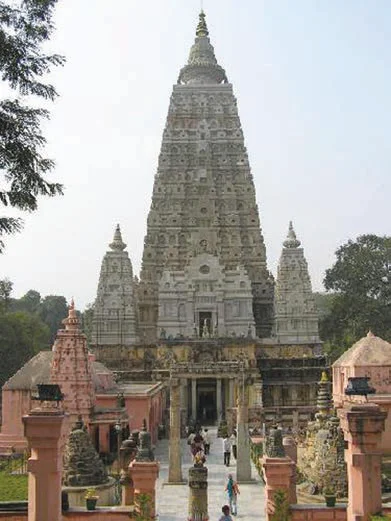![]() 19 Jun 2024
19 Jun 2024
Buddhist and Jain architectural developments in ancient India showcase distinctive styles. Buddhist stupas like Sanchi and Jain cave complexes like Udayagiri exemplify their unique artistic expressions, reflecting spiritual richness.
Rise of Empire: The Gupta Empire’s decline in the sixth century led to Rajput principalities in the west and the Pala Empire’s rise in Magadha (Bihar and Bengal).
Importance: Bodhgaya, a pilgrimage site, holds significance as the place where Siddhartha achieved enlightenment.

Nalanda
Learning Center: Nalanda, a monastic university, served as a center for Buddhist teachings, attracting scholars and pilgrims from various regions.




Temple Structure: Jains, like Hindus, were prolific temple builders, with sacred sites found across India, except in the hills.

Reusage: Sculptures made of silver and gold likely faced reuse through melting.
| Must Read | |
| Current Affairs | Editorial Analysis |
| Upsc Notes | Upsc Blogs |
| NCERT Notes | Free Main Answer Writing |
Buddhist architecture includes pilgrimage sites like Bodhgaya and the university at Nalanda. Nalanda sculptures reflect Gupta traditions and a shift towards Mahayana and Vajrayana focus. Jain architecture is evident in cave complexes and temples across India, with notable sites at Ellora, Khajuraho, and Sravana Belagola. Both Buddhist and Jain traditions showcase rich artistic expression and spiritual significance.
| Related Articles | |
| GUPTA EMPIRE | Buddhist Literature: Tripitakas, Epics, and Treatises |
| Ellora Caves: Monumental Rock-Cut Temples and Shrines | Nagara Style: North Indian Temple Architecture |
<div class="new-fform">
</div>